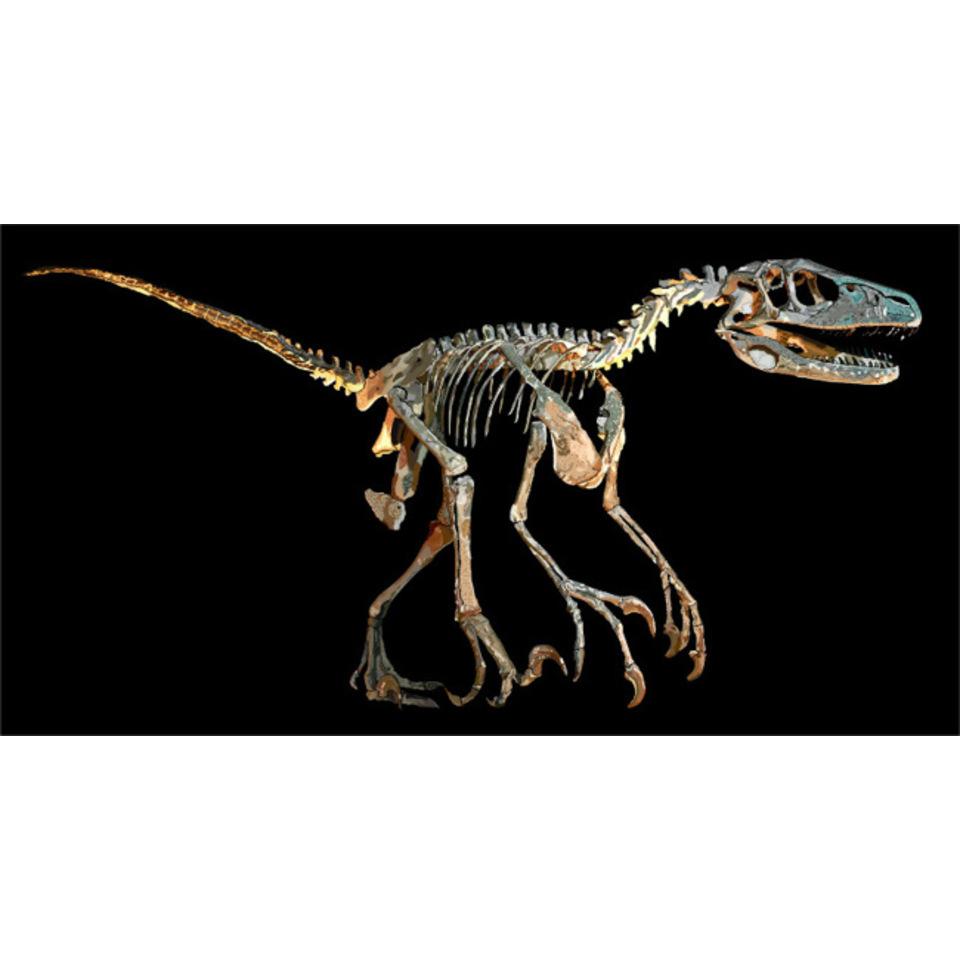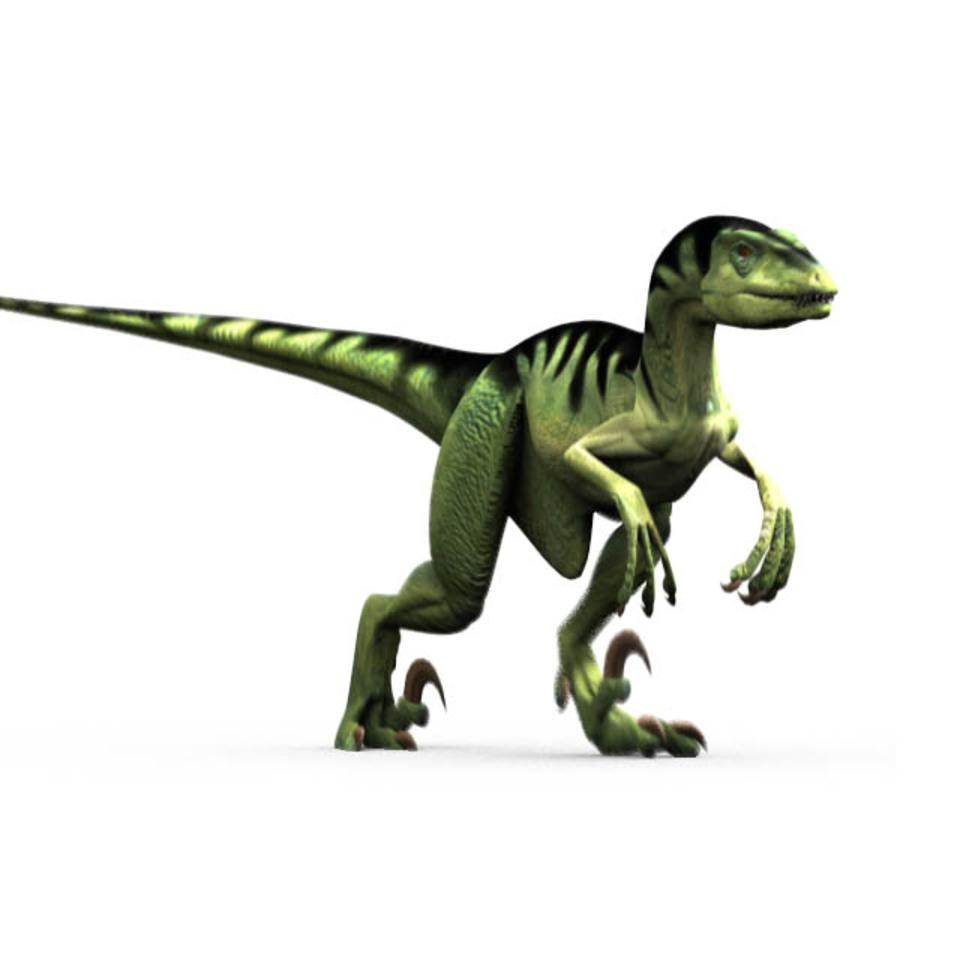Although Deinonychus was only about as big as a two-passenger compact car, every inch of this dinosaur contributed to its reputation as being one of the world’s deadliest dinosaurs. When its powerful jaws opened, over 60 daggerlike teeth flashed, ready to dig into much larger dinosaurs such as Sauropelta and Tenontosaurus. Claws on its grasping hands could inflict severe damage that would have been compounded if Deinonychus decided to karate-kick unfortunate victims with one, or both, of its toe claws.
When a more complete fossil of Deinonychus was unearthed in the 1960s, paleontologists for the first time discovered that this dinosaur wielded sickle-shaped claws on the second toe of each “foot.” It could retract these like a switchblade but, to preserve the sharpness of its valuable weapons, Deinonychus held the claws upright and instead walked on its third and fourth toes. Thus, the “terrible claws” didn’t drag on the ground, where they could catch or become blunt. A thick, horny sheath, similar to what covers bird and cat claws today, surrounded both its hand and foot claws. While an individual Deinonychus would have made a formidable opponent, this species probably gathered in gangs to fell especially large, meaty dinosaurs. One intriguing piece of evidence for this is a fossil site containing the remains of a brutalized Tenontosaurus surrounded by the bones of four Deinonychus dinosaurs. One interpretation is that Tenontosaurus, which could grow up to 27 feet in length, put up a good fight, but was killed and consumed by other members of the Deinonychus gang. The winners perhaps then disappeared, leaving behind their less fortunate cohorts. Despite possible heavy Deinonychus losses during battles, this carnivore could attack in multiple ways. Since its tail was strong, it might have balanced itself on one foot while it gored and disemboweled victims with a toe claw. Given its muscular legs, it could have also jumped directly on prey, digging its claws into the victim as it landed. If multiple Deinonychus performed such moves simultaneously, it’s no wonder the 165-pound predator probably feasted on multiton beasts. Featherlike structures linked to close relatives of Deinonychus suggest feathers covered the dinosaur’s muscular, yet lightweight, body. The dino also shared certain anatomical features with today’s birds, such as the shape and structure of its pelvic bones. It additionally could move like a flightless bird, swerving, running and balancing itself with relative ease.


